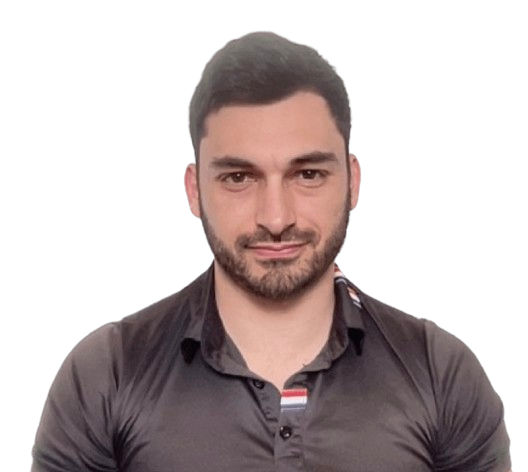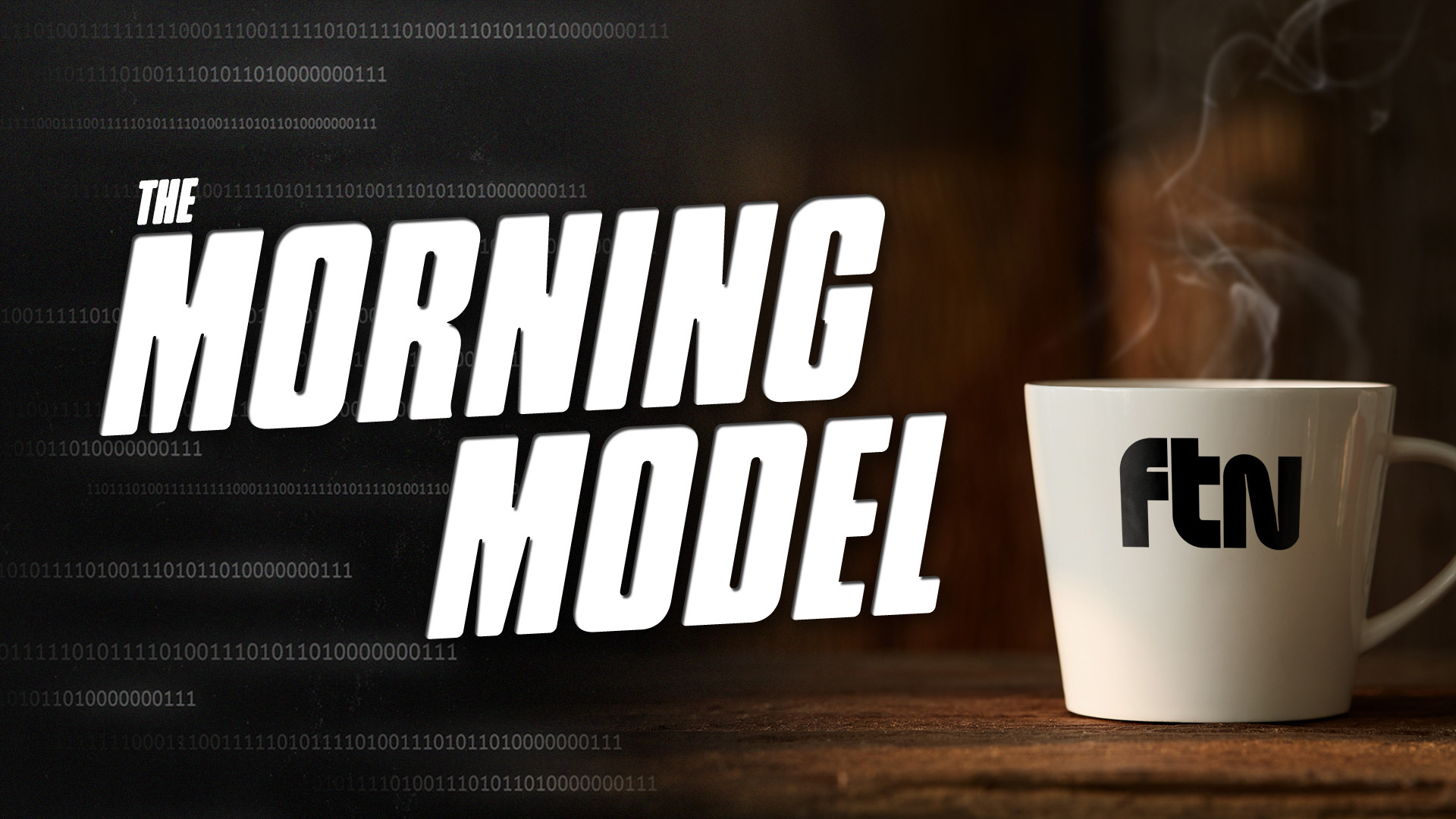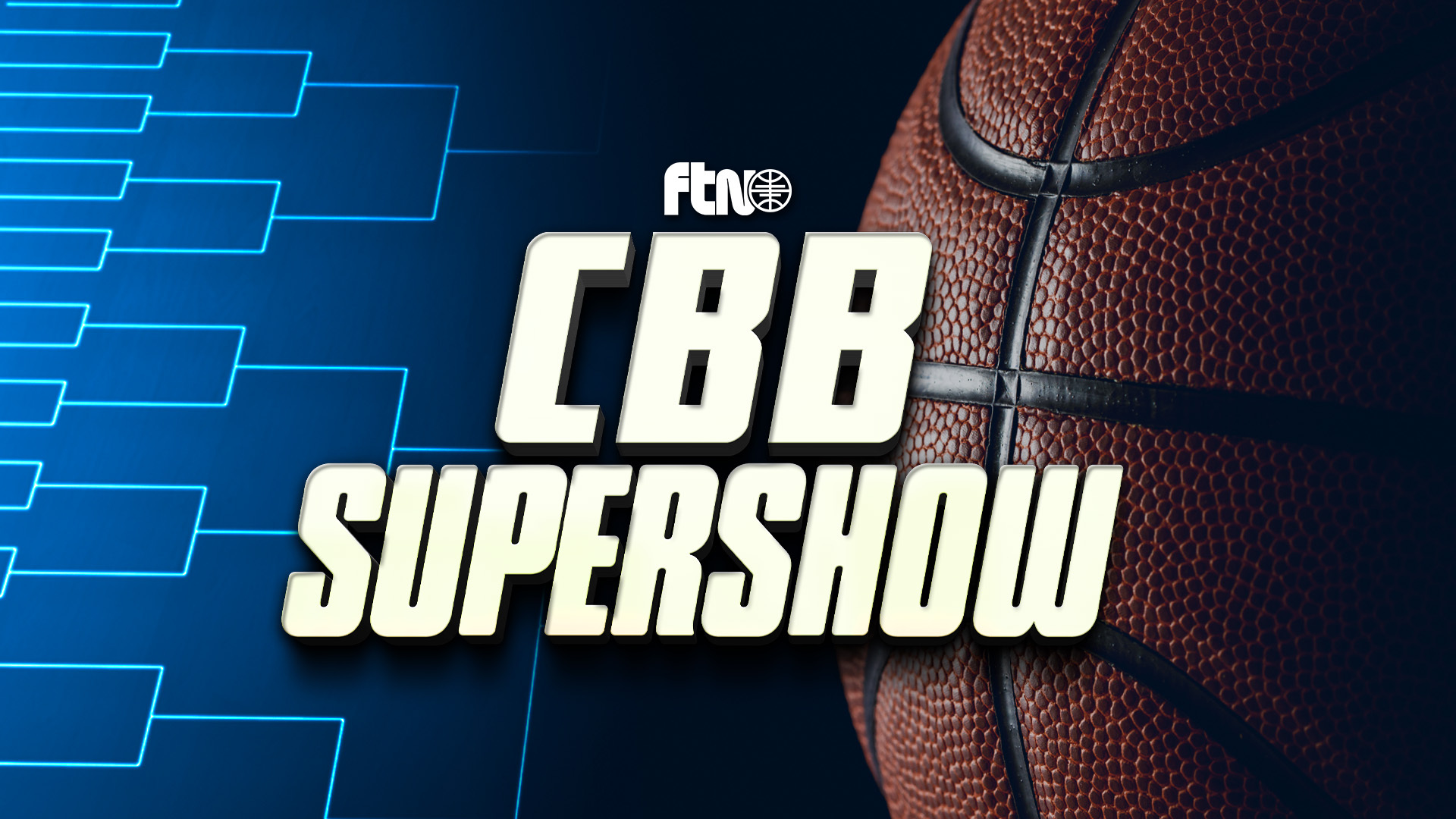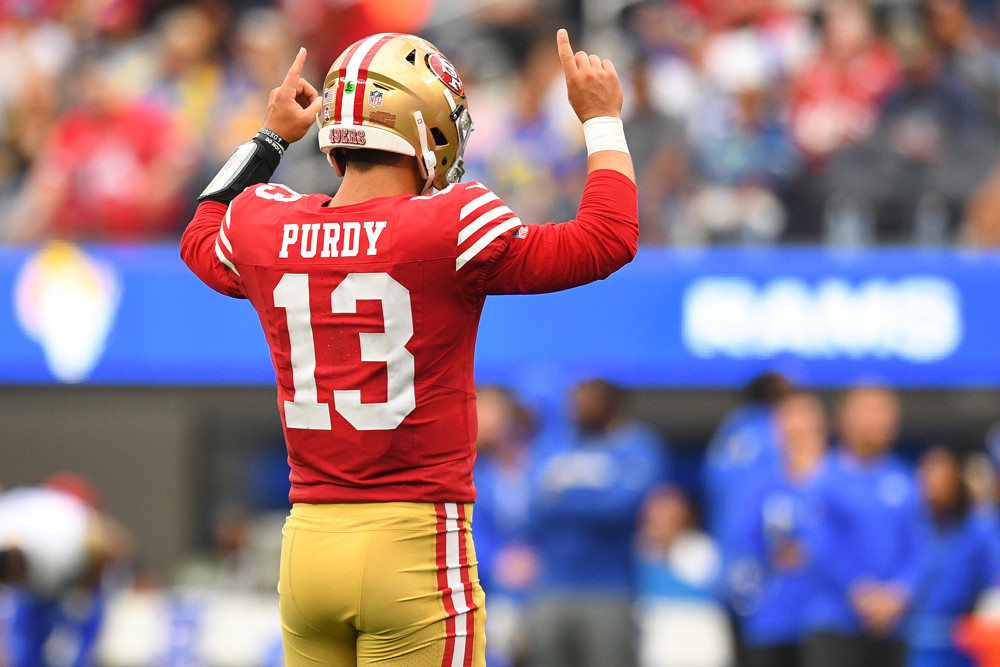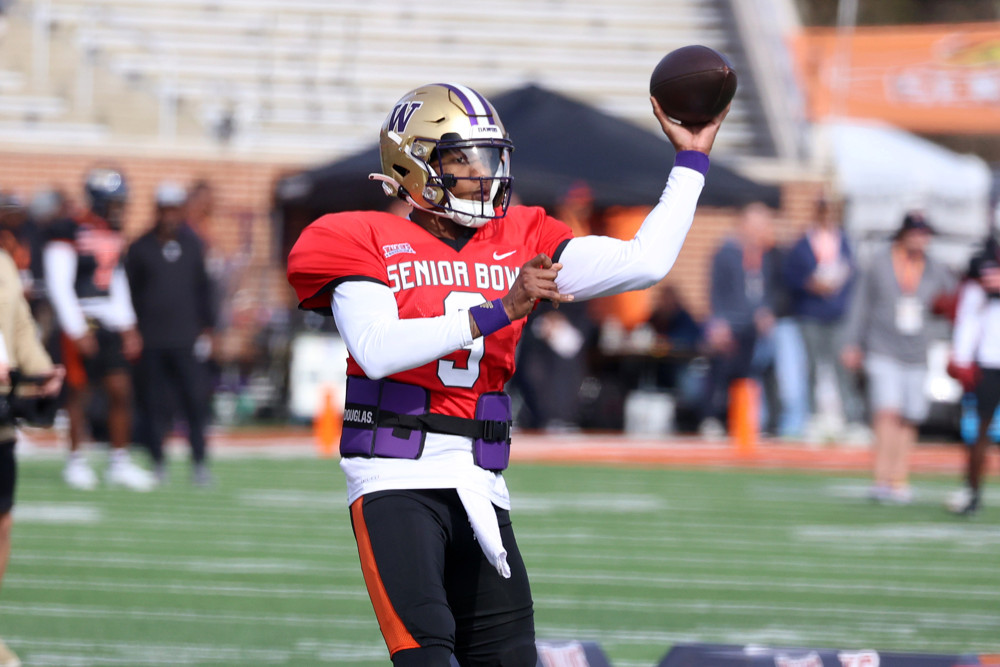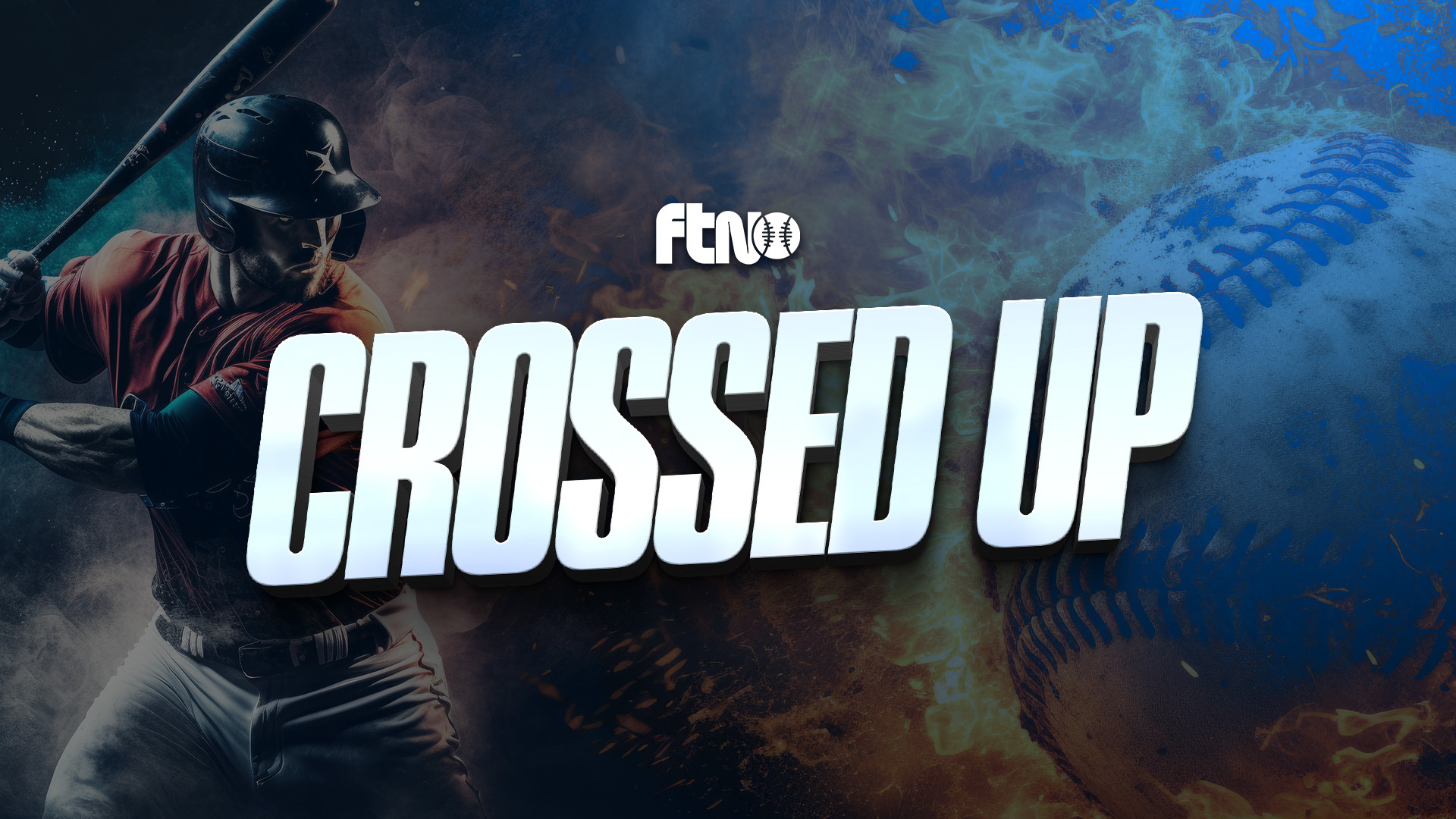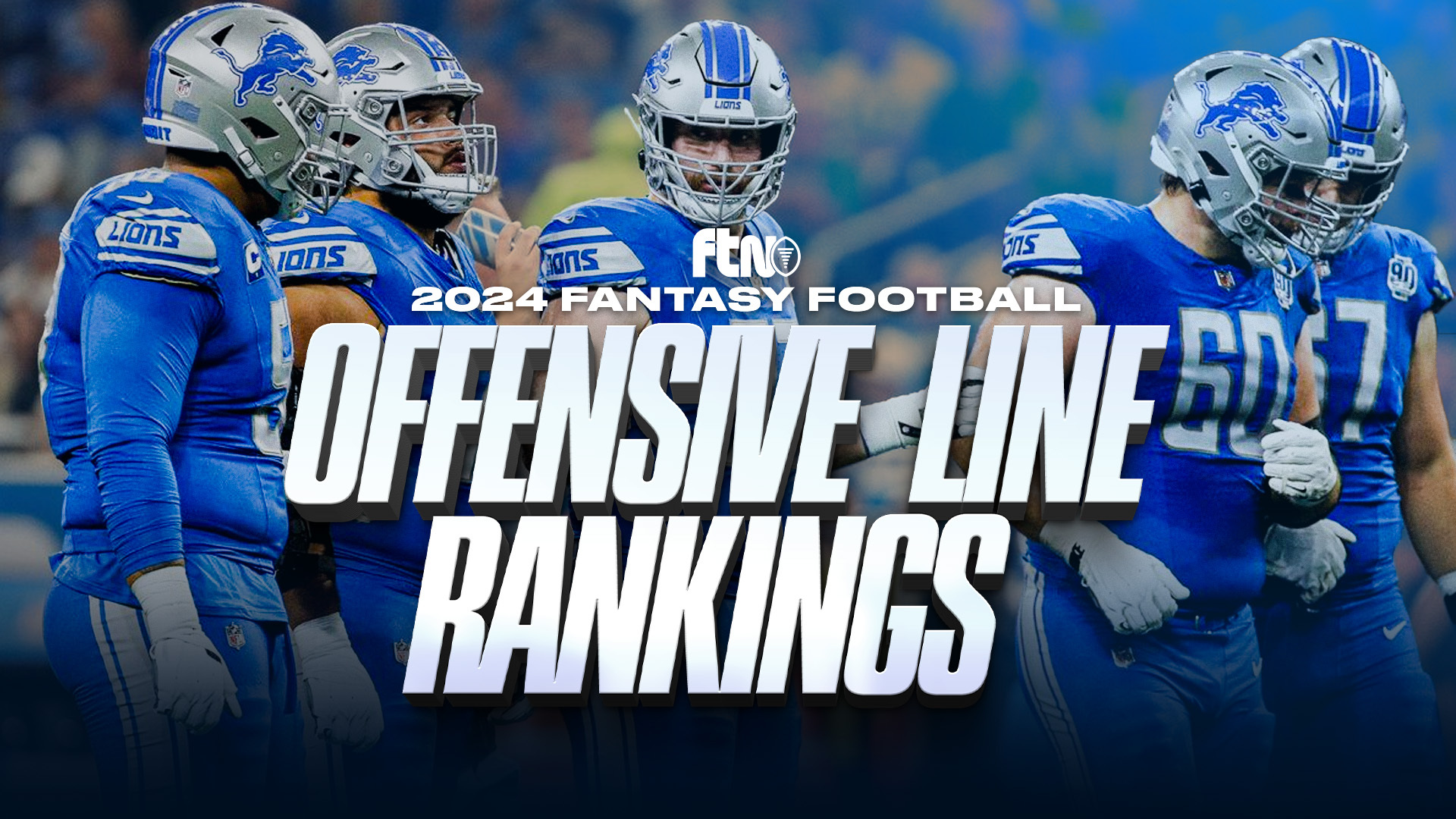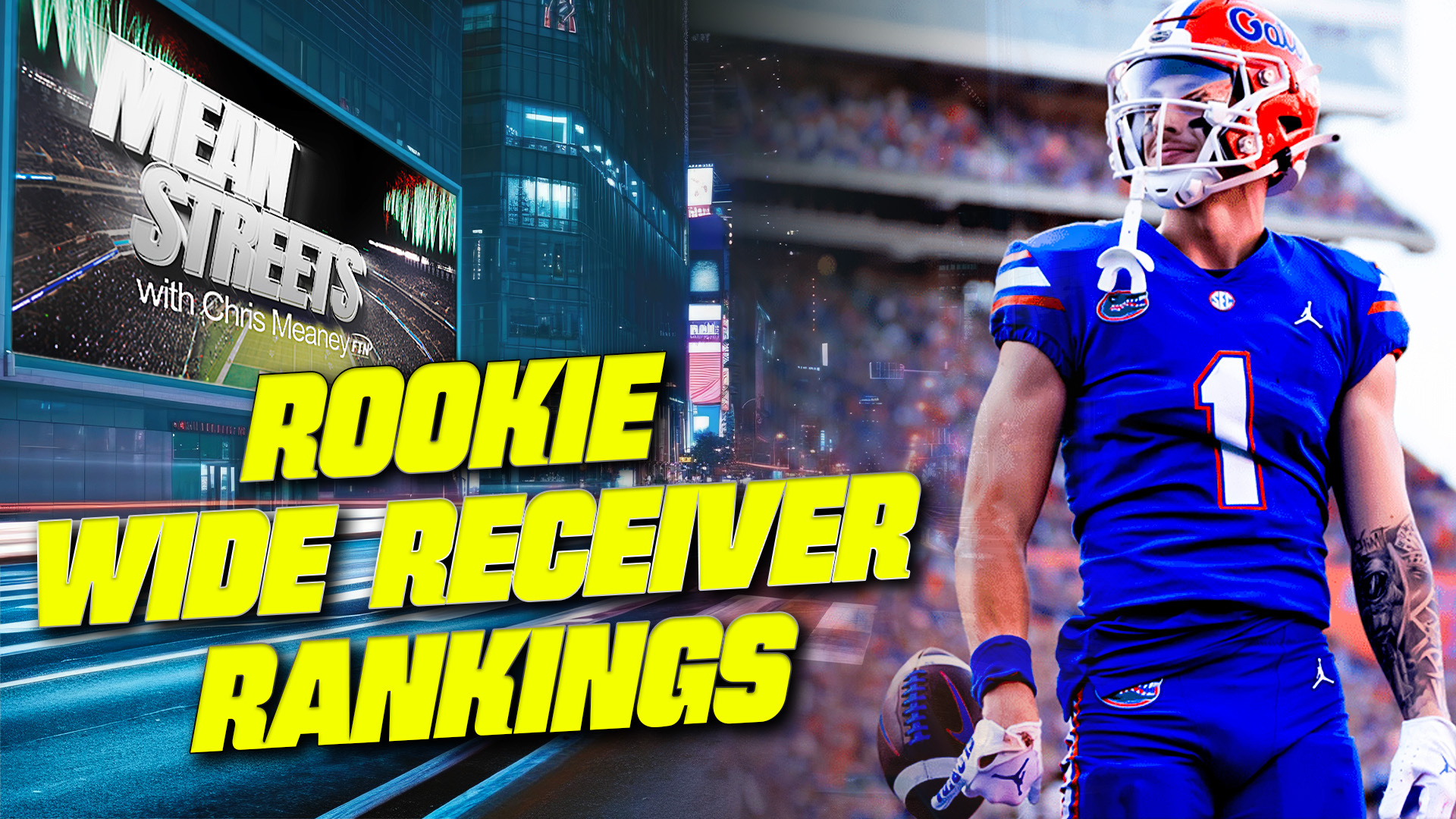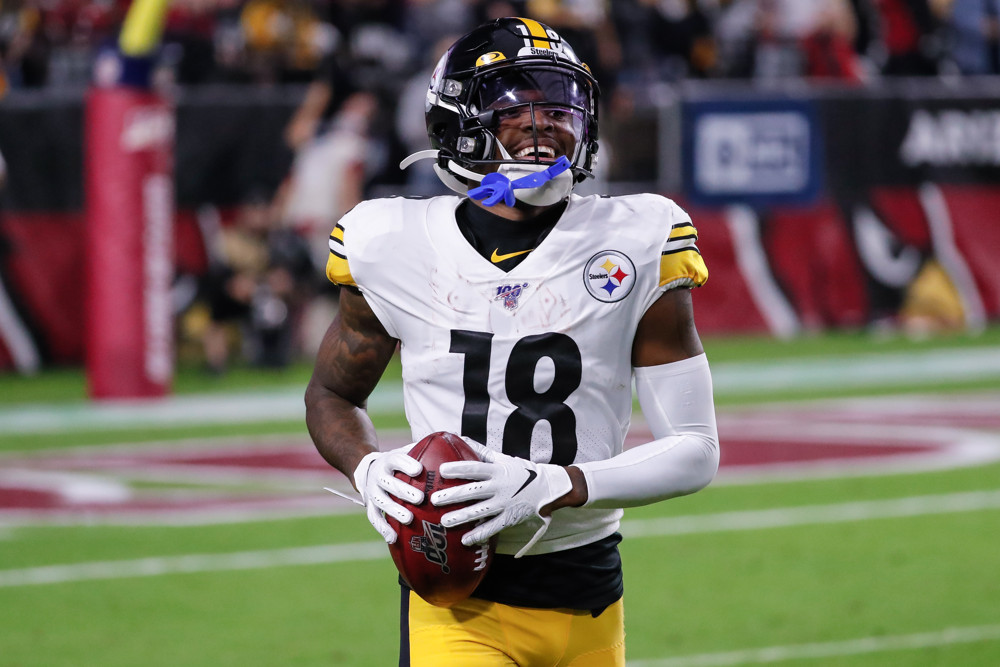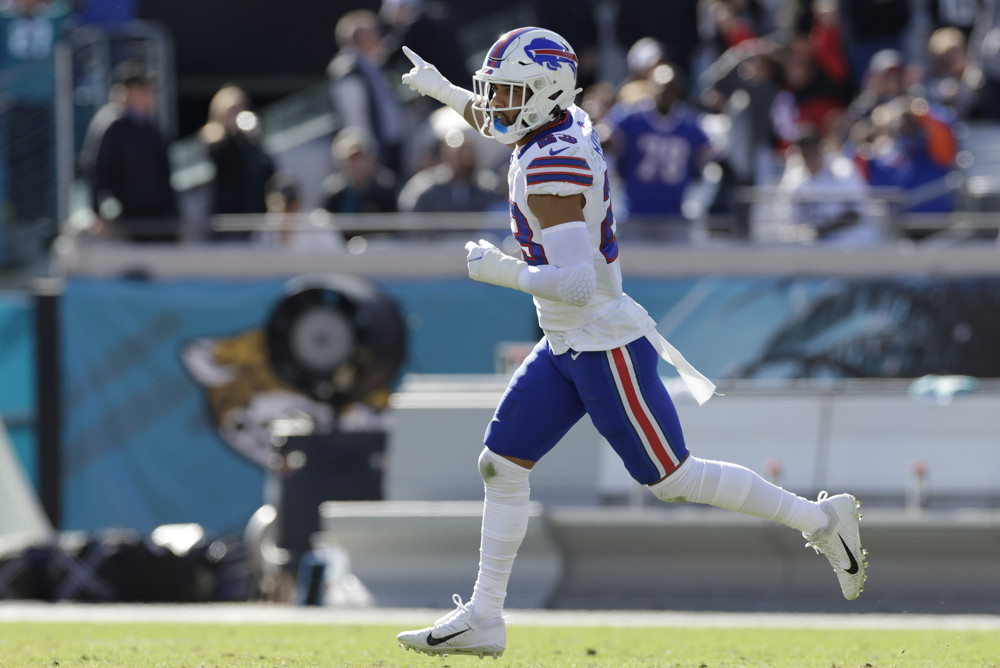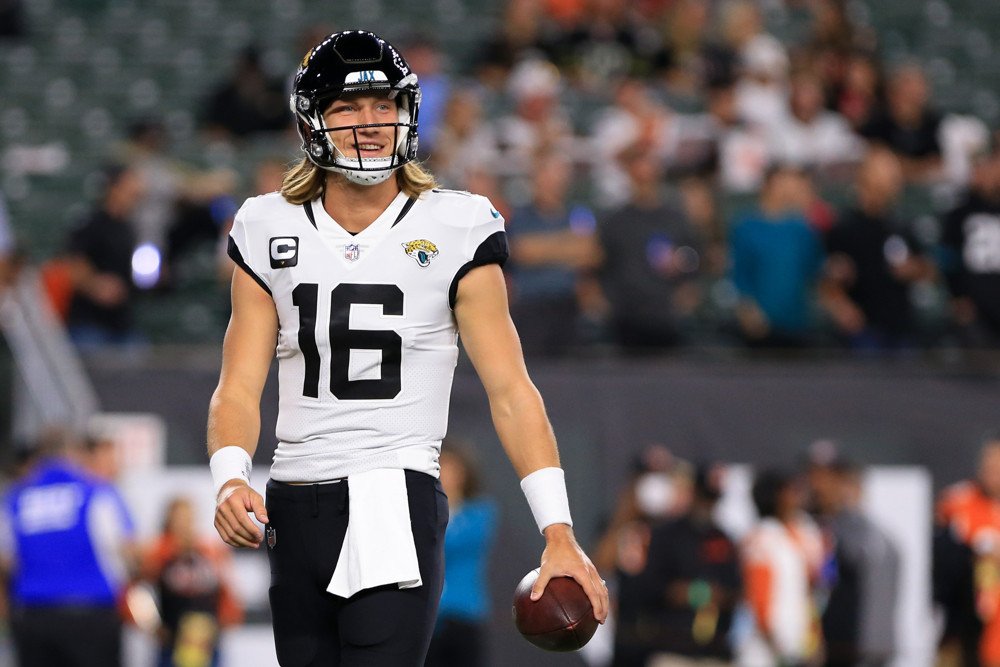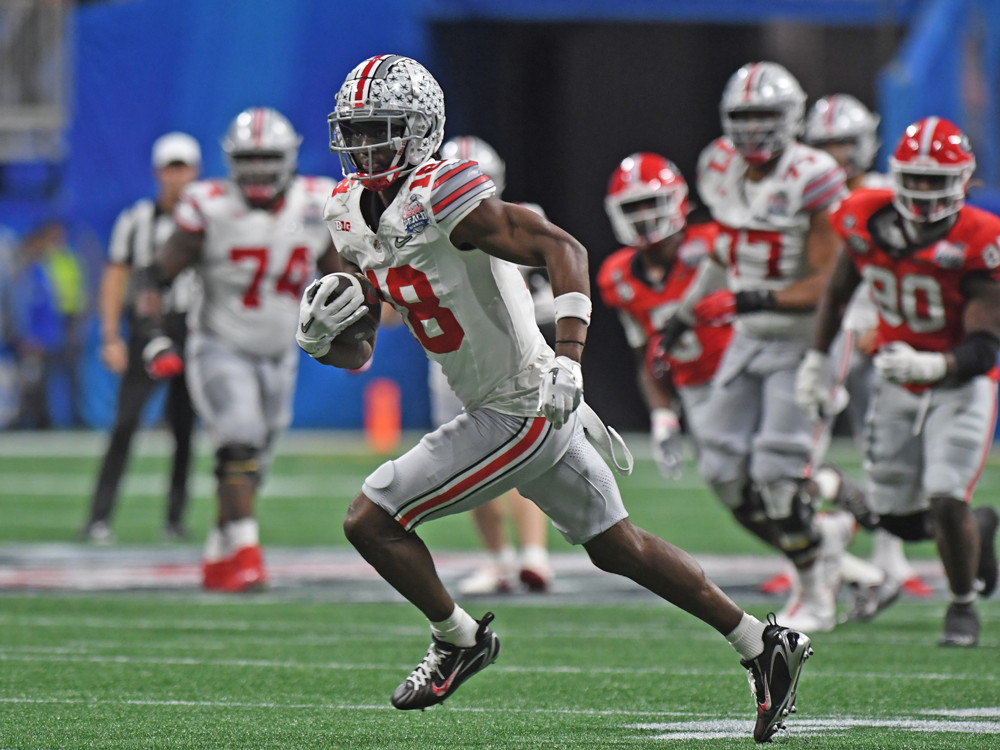
With NFL teams adding new coaches and coordinators every offseason, it is important to understand that a team’s scheme and approach can change on a year-to-year basis. Paying attention to potential role changes can add just another element to your fantasy football preparation and is also a good way to get a general idea of what we can expect from offenses going forward.
With the help of our own Matt Jones, who compiled a ton of tremendous data and information, I will be diving into all 32 teams’ head coaches and coordinators team-by-team to try and gauge what we can expect when it comes to play-calling, personnel, schemes, pace and much, much more. Up first, we take a look at a rebuilding Chicago Bears team that has an entirely new coaching staff.
Chicago Bears Head Coach: Matt Eberflus
Colts DC 2018-2021
After moving on from Matt Nagy, Eberflus will look to turn things around in Chicago. As the defensive coordinator for the Indianapolis Colts from 2018 to 2021, Eberflus clearly has a defensive background, especially when you consider he has also been either a linebackers or defensive backs coach at both the college and NFL level since 1996. Eberflus and company in Indianapolis made an effort to take the ball away and it showed, especially last season where the Colts finished third in interceptions and first in forced fumbles. Eberflus doesn’t have a track record of calling plays or helping develop young quarterbacks, which is a reason I was a little surprised the Bears hired him when you consider the makeup of this roster. But he will definitely have a pulse on this Chicago defensive unit, that’s for sure.
Offensive Coordinator: Luke Getsy
Packers passing game coordinator and quarterbacks coach 2019-2021
The Chicago Bears offense in 2021 was flat-out brutal. Yes, I understand that they had three different quarterbacks over the course of the season, as well as a poor offensive line. But it didn’t help when Nagy and then-offensive coordinator Bill Lazor deployed one of the least creative offenses in football. Chicago finished the season averaging 1.62 points (7th-worst) and 29.2 yards (10th-worst) per drive, while only scoring points on 31.5% of drives, also the seventh worst in the league.
Entering the 2022 campaign, Luke Getsy comes over from Green Bay and will operate as an offensive coordinator for the first time in his NFL career. Getsy was the quarterbacks coaching and passing game coordinator for the Packers from 2019-2021, working alongside one of the greatest quarterbacks of all time in Aaron Rodgers. I’m excited to watch him work with sophomore signal caller Justin Fields, and Getsy should implement some different things into this offense to give Fields better chances for success. For instance, I expect far more RPOs from the Bears this season. In 2021, Fields only ran 22 RPO plays, 31st among all quarterbacks. Rodgers, meanwhile, was 15th in pass attempts on plays labeled as run-pass options, while ranking ninth in such plays back in 2020.
Given the fact that they have one of the worst receiver rooms in football, I fully expect the Bears to lean on the running game quite a bit this season, which should lead to plenty of RPO plays from Fields. He is one of the most athletic players in the NFL but he’s also a very, very accurate deep ball passer, ranking 13th in adjusted completion rate on deep balls during his rookie season. That could set up plenty of play-action, which is something we didn’t see a whole lot of in 2021. Just over 17% of Fields’ pass attempts last season came off play-action — if you combine the play-action pass attempts from Fields, Andy Dalton and Nick Foles (81), that number would still have ranked just 26th in the league. As a team, the Bears sported a 26.2% play-action rate, 10% lower than it was during the 2020 campaign. Expect a rather large jump in both RPO and play-action plays from Chicago this season, which will put Fields in much better situations.
As long as the defense is solid, however, this should be a run-first offense. Getsy wasn’t calling plays in Green Bay, but he was around a Packers offense that was run-first, despite having Rodgers under center. The Bears posted the 10th-highest red zone rush rate in football a season ago (40.8%) and could easily finish inside the top-10 once again in 2022. In neutral gamescripts last season, the Bears ran the ball 49% of the time.
Pace
While I am excited to see a change in offensive scheme from the Bears this season, I don’t expect a huge difference in pace of play. Over the last two seasons under Nagy and Lazor, Chicago has averaged 26.5 and 26.6 seconds per snap, right around the league average of 26.8 seconds during that span. They went no-huddle 10.4% of the time last season, slightly below league average. Whale Getsy didn’t call plays for the Packers, those offenses have been pretty slow. In fact, the Packers sported the slowest offense in football last season, averaging 30.2 seconds per snap, while their 3.2% no-huddle rate was the third-lowest rate in the league. And in 2020, the Packers once again averaged the most seconds per snap (29.9 seconds), so don’t be at all surprised if the Bears are bottom-10 in terms of pace this upcoming season.
Fantasy Football Takeaways
While the Bears didn’t do a great job of surrounding him with more talent this offseason, I still firmly believe in Justin Fields. He’s still a tremendous football player and an uptick in RPO and play-action in the playbook should go a long way, while the overall playcalling will be much more creative. Fields showed serious signs of stardom last year, especially in Week 14 against the Packers where he threw for 224 yards and a pair of scores, while adding 74 rushing yards on nine carries, as well as Week 8 against San Francisco. Fields rushed for at least 35 yards in six of his seven starts last season, which is always enticing for fantasy purposes. Fields finished as a top-12 fantasy quarterback in four of his last five games, showing that upside. Meanwhile, just like he did in college, Fields showed his ability to make plays deep down the field, sporting the league’s 13th-best adjusted completion percentage on deep passes (44.2%). Finally, Fields did get a bit unlucky last year, too. According to FTN’s Expected Fantasy Points tool, Fields’ expected passing touchdown number was 14, yet he only threw seven.

Volume has been on David Montgomery’s side over the last few seasons. During his first three years in the league, he has averaged nearly 240 carries per season, and that workload was fantastic once again this past season. Montgomery averaged over 20 touches per game and despite missing four contests, he still finished the year ninth among all running backs in carries (225), 10th in snaps (258) and 13th in rushing touchdowns with seven. His weekly workload was very reliable, especially from in close, as Montgomery finished the season with 12 carries from inside the 5-yard line last season, good for sixth among running backs. And again, that is with him missing four games. That volume should remain intact this season, as the Bears should continue to run the ball at an above-average clip.
Khalil Herbert, meanwhile, filled in admirably in Montgomery’s absence during his rookie season, and has clearly solidified himself as the RB2 in Chicago. In Weeks 5-8, he operated as the lead back for Chicago, ranking fourth in the league in rushing yards (344) and second in rushing attempts (78). If Montgomery were to miss any time this season, Herbert would absolutely dominate the work, especially after averaging just over 21 touches per game in those aforementioned four outings.
Speaking of volume, plenty should be headed Darnell Mooney’s way again this season. Mooney enjoyed a mini breakout in year two, hauling in 81 balls for 1,055 yards and four touchdowns in 2021, finishing as the WR23 in fantasy. Mooney is coming off a season where he posted a 26% target share, which was the sixth-highest mark in all of football. Mooney also ranked ninth in receptions share (24%), ninth in receiving yards share (28%) and 10th in percentage of team air yards (35%). Meanwhile, Mooney saw a whopping 33% of Chicago’s first read targets, a number that trailed only Cooper Kupp, Davante Adams, DJ Moore and Justin Jefferson this past season. During his rookie season, Mooney saw 23 deep targets but only converted on four of them. However, just 32% of his deep targets were deemed catchable, which was the 11th-lowest rate among all wide receivers with at least 70 targets. And last season, it was a little better, as 41% of his deep targets were deemed catchable, and I think that number continues to climb with a full season alongside quarterback Justin Fields.
Cole Kmet was one of my favorite tight end sleepers this time last season — in the end, it wasn’t an awful 2021 campaign for the Notre Dame product, but it certainly wasn’t anything special. He failed to score a touchdown in 17 games last season, which is not likely to be repeated, especially with Jimmy Graham finally out of Chicago. Sure, Kmet logged 83.3% of the snaps to Graham’s 23%, but Graham constantly played in the red zone, capping Kmet’s upside. In fact, Graham’s six end zone targets from a season ago were 13th among tight ends, while over 27% of his targets came in the end zone, the highest rate at the position. Kmet saw a solid 17% target share last season, the sixth-highest rate among tight ends, and now Allen Robinson is gone. The Bears have arguably the worst group of pass-catchers in the NFL, which should lead to pretty consistent volume for Kmet as he enters year three in the league.
Defensive Coordinator: Alan Williams
Colts DBs coach 2018-2021
Eberflus will have a lot to do with this defense and will continue to work with Williams, who is now the defensive coordinator. The two were together in Indianapolis since 2018 and are switching the Bears from a 3-4 to a 4-3 defense this season. We have also seen the Colts play a ton of zone defense over the last few seasons, so don’t be surprised if the Bears feature plenty of zone defense over the course of the season. Indianapolis’ defensive philosophy has been to limit deep passing plays against them, while also taking the ball away from opposing offenses. For the first time in a while, however, Chicago’s defense isn’t exactly loaded with talent. Khalil Mack and Akiem Hicks are gone, which will present a challenge for Eberflus and Williams.




